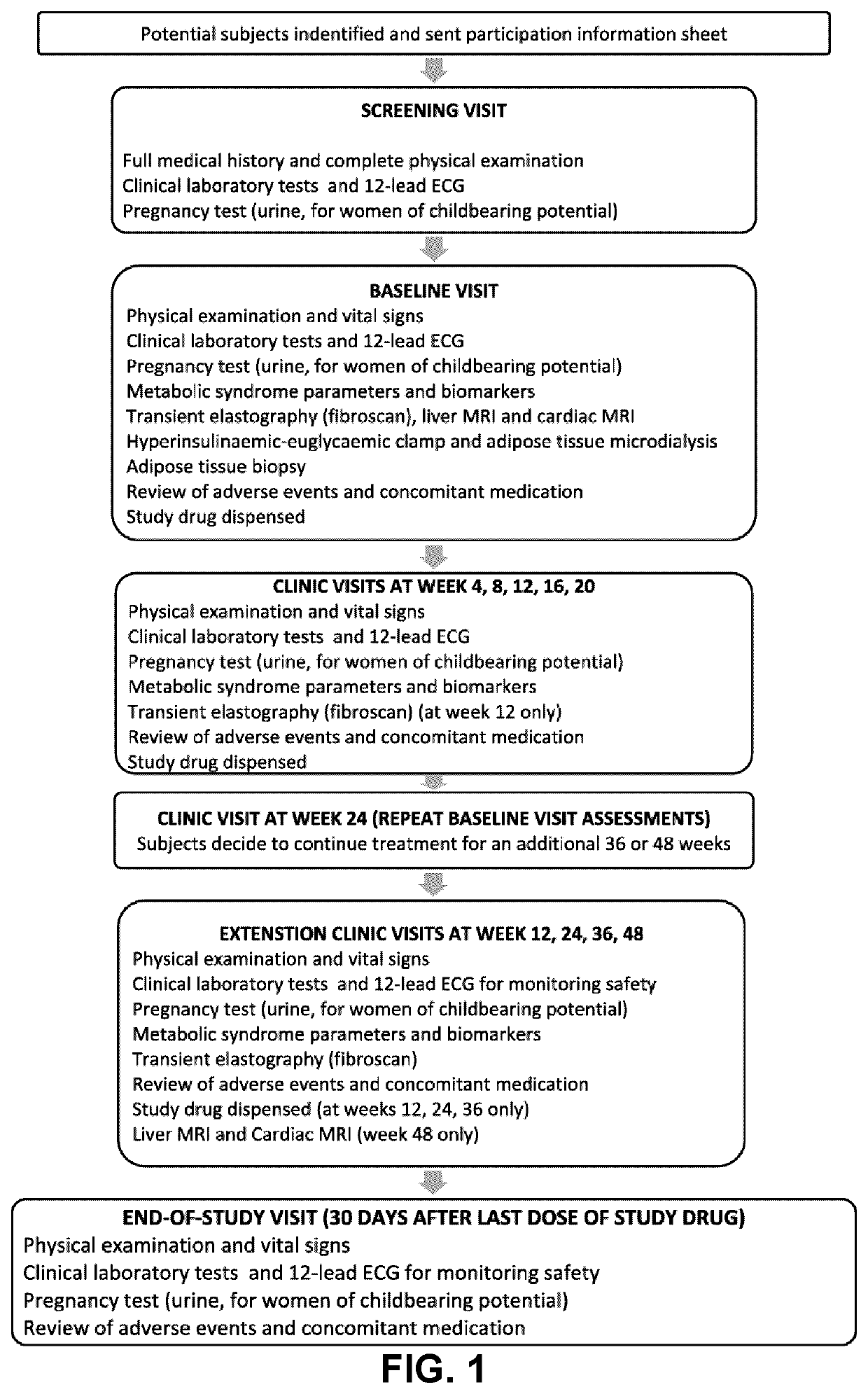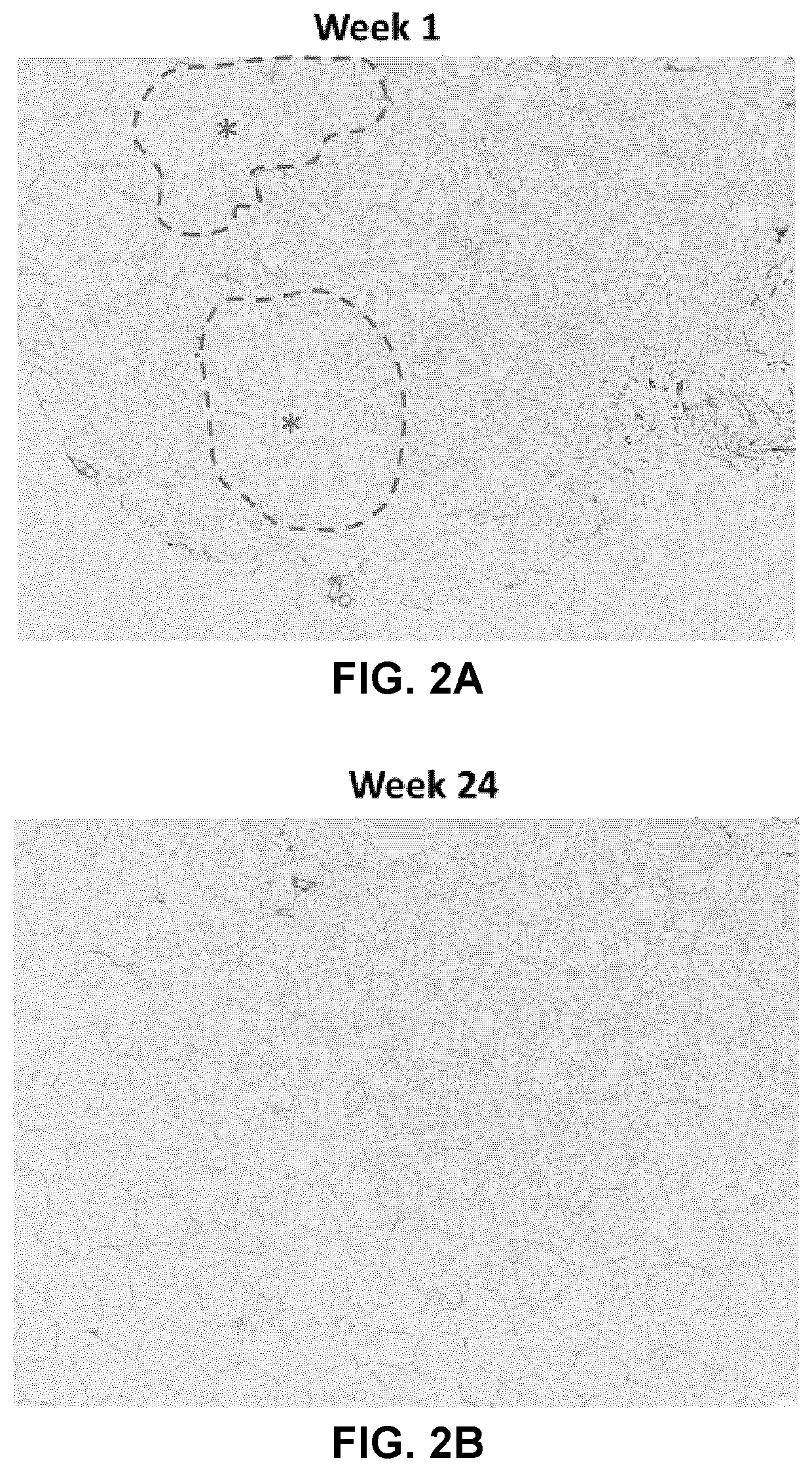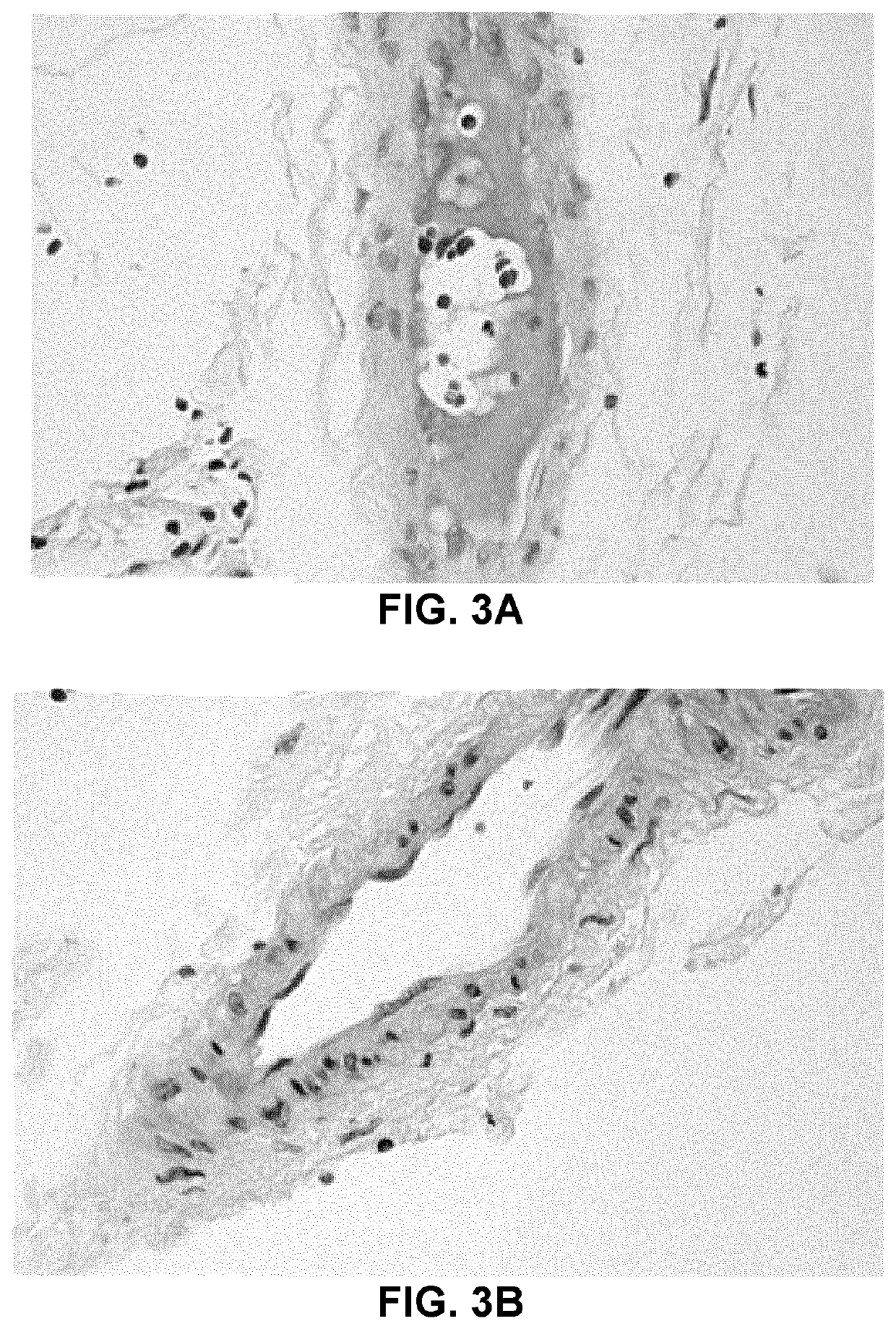Use of sodium 2-(3-pentylphenyl)acetate in the treatment of alström syndrome
a technology of alstrom syndrome and sodium phenyl acetate, which is applied in the direction of drug composition, metabolic disorder, cardiovascular disorder, etc., can solve the problems of reduced life expectancy, complex clinical care of individuals, and over 50 years of ag
- Summary
- Abstract
- Description
- Claims
- Application Information
AI Technical Summary
Benefits of technology
Problems solved by technology
Method used
Image
Examples
example 1
[0210]Methods
[0211]The study was a Phase 2, single-centre, single-arm, open-label study of sodium 2-(3-pentylphenyl)acetate administered at a total daily oral dose of 800 mg for up to 72 weeks in subjects with ALMS was undertaken. The initial duration of the study was 24 weeks, and subjects were offered to enrol into an extension phase of 36 or 48 weeks. The schedule of study procedures for the enrolment, intervention, and assessments for participants is outlined in FIG. 1.
[0212]Sodium 2-(3-pentylphenyl)acetate was formulated in soft gelatine capsules containing 200 mg of Sodium 2-(3-pentylphenyl)acetate (amorphous powder) per capsule, polyethylene glycol 400, National Formulary (NF), hydrochloric acid (for pH adjustment), and water.
[0213]Study Population and Eligibility Criteria
[0214]A total of 15 subjects participated in the study. Three subjects did not meet eligibility criteria and were not enrolled into the study (i.e., screen failures). Twelve (12) subjects met...
example 2
800 mg Sodium 2-(3-Pentylphenyl)Acetate on Liver
[0218]There is phenotypic variation in the slowly progressive hepatic dysfunction in Alström syndrome, which begins with clinically silent elevation of transaminases, and steatosis. The initial presentation is usually steatosis and hepatosplenomegaly followed by fibrotic and inflammatory processes with lymphocytic infiltration in the portal and parenchymal areas. In the final course of hepatic disease, there is significant fibrosis, cirrhosis, and portal hypertension (Marshall et al., Curr Genomics. 2011 May; 12(3): 225-235).
[0219]A) Liver Stiffness
[0220]The effect of sodium 2-(3-pentylphenyl)acetate on liver histology in ALMS patients was first assessed by measuring liver stiffness. Liver stiffness is a physical parameter that reflects the health of the liver and is commonly used to diagnose liver diseases. Increased liver stiffness may be associated with hepatic dysfunction.
[0221]Statistically significant decreases in liver stiffness...
example 3
800 mg Sodium 2-(3-Pentylphenyl)Acetate on Heart Histology
[0235]Cardiomyopathy is a well-recognized feature in infants as well as in older children and adults with ALMS. Histopathology and cardiac Magnetic Resonance Imaging (MRI) analyses have revealed interstitial fibrosis affecting the myocardium in ALMS patients (Brofferio et al., Mol Genet Metab. 2017 August; 121(4): 336-343).
[0236]A) Cardiac Magnetic Resonance Imaging of Left Ventricular Function
[0237]The effect of sodium 2-(3-pentylphenyl)acetate on heart histology in ALMS patients was assessed by measuring left ventricular function (LVF). LVF measurements permit to quantify how well the left ventricle is able to pump blood through the body with each heartbeat, and is also a prognostic factor in acute myocardial infarction.
[0238]The results depicted in Table 11A demonstrate a statistically significant mean increase of 7.75 mL (p=0.0294) in left ventricular end-diastolic volume (LVEDV), and a strong trend toward an increase in ...
PUM
| Property | Measurement | Unit |
|---|---|---|
| waist circumference | aaaaa | aaaaa |
| waist circumference | aaaaa | aaaaa |
| waist circumference | aaaaa | aaaaa |
Abstract
Description
Claims
Application Information
 Login to View More
Login to View More - R&D
- Intellectual Property
- Life Sciences
- Materials
- Tech Scout
- Unparalleled Data Quality
- Higher Quality Content
- 60% Fewer Hallucinations
Browse by: Latest US Patents, China's latest patents, Technical Efficacy Thesaurus, Application Domain, Technology Topic, Popular Technical Reports.
© 2025 PatSnap. All rights reserved.Legal|Privacy policy|Modern Slavery Act Transparency Statement|Sitemap|About US| Contact US: help@patsnap.com



